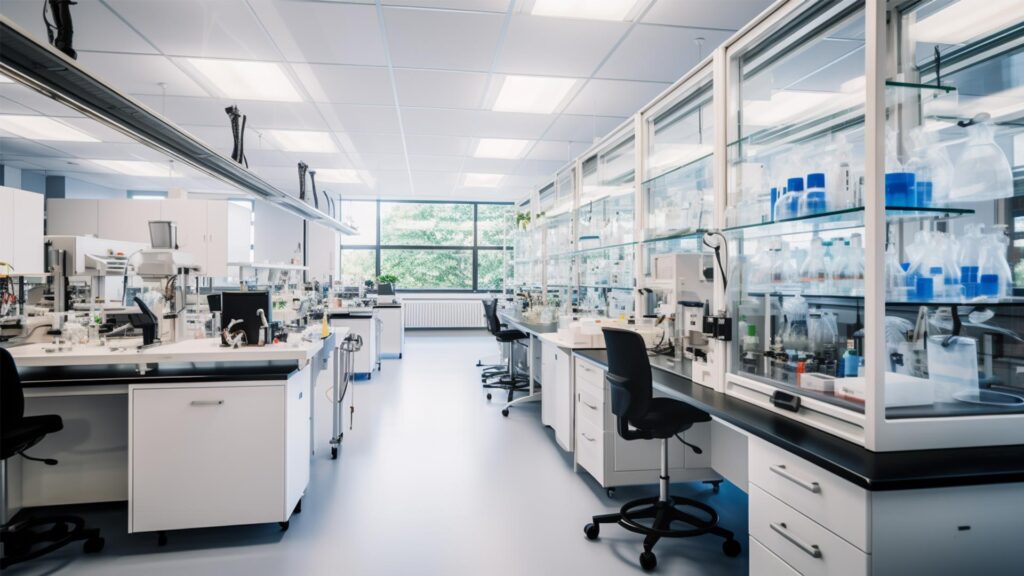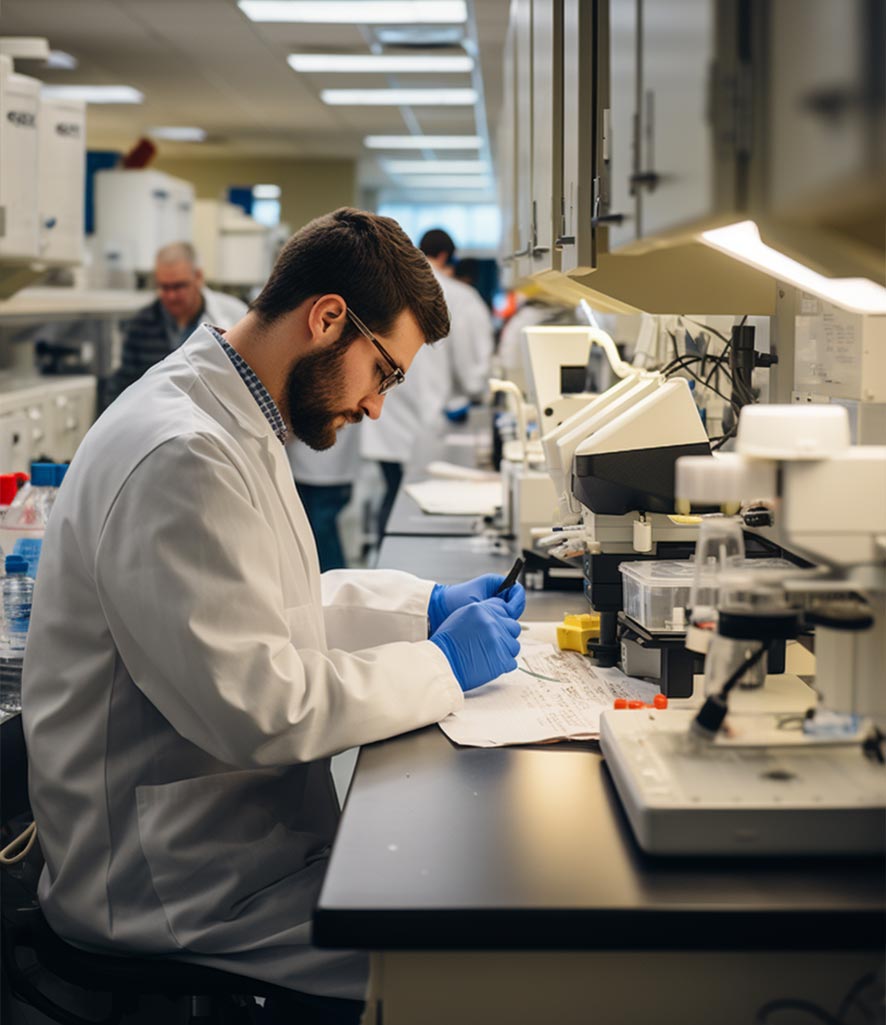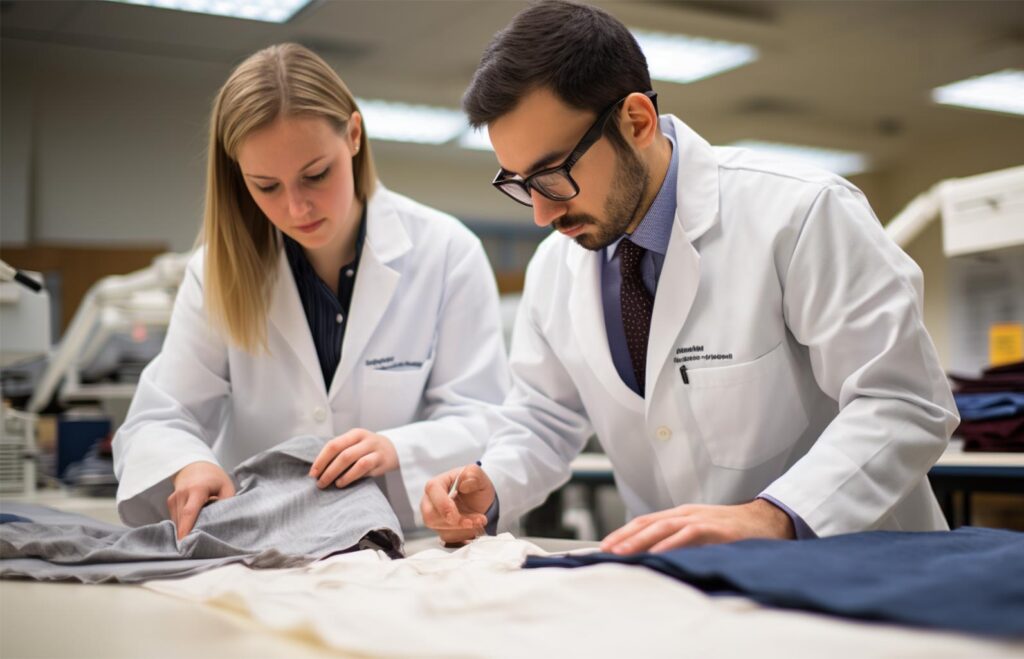laboratory Accreditation:
Now a day’s many in-house textile testing laboratory or calibration laboratory wants ISO/IEC 17025 laboratory accreditation. It is a good trend now going on, big industries are trying to attract clients by enhancing laboratory’s competency with international recognition. How this international recognition comes we are going to familiar with that steps. Each accreditation body follows their own accreditation procedures but these steps are commonly followed by most of the accreditation bodies.
In this article, I will Provide Step-by-Step Guide to the ISO/IEC 17025 laboratory accreditation process.

Step-1: Application
•Laboratory (Testing or calibration) will apply to Accreditation body like Bangladesh Accreditation Board, NABL, QAI, IAAS etc. as per the accreditation body norms.
•Note: During application please check the Accreditation body are ILAC MRA signatory
Step-2: Appointment of case officer
•Accreditation body will review the application and assign a case office to proceed the accreditation process.
•Accreditation body will acknowledge the application and case officer.
Step-3: •Adequacy Audit
•This is not onsite audit.
•Accreditation body will review the quality manual, quality assurance procedure, Internal Audit, Management review, PT/ ILC participation which information are being submitted by the laboratory during application

Step-4: •Pre-Assessment
•Pre-Assessment usually conducted for new laboratory which have not ISO/IEC 17025 accreditation before.
• In Pre-assessment auditor goes onsite and do assessemnt. Normally on Pre-assessment auditors focus on laboratory’s Infrastructure, Equipments, competent people, Internal Audit , Management Review, PT/ILC, Testing / Reference Equipment’s Calibration records, Risk Assessment, Complaints records, CAR/PAR etc.
•Auditors will give non-conformance, Potential Non-conformance or OFI which must have to close before the final assessment within the deadline.
Step-5:•Final Assessment
•Before final case officier will fix the lead auditor and technical auditor as per the testing or calibration scope.
•Before final assessment Case offcier fixes the audit schedule with the laboraory.
•Usually Lead Auditor assesses the QMS pasrt of the standards with labraory’s quality manager and Technical auditors take withness of the testing or calibration with the testing or calibration concern
•Technical auditors may also assess the QMS portion with tehcnial comptency of the laboratory.
•Auditors will give non-conformance, Potential Non-conformance or OFI

Step-6: •Non-Conformance Clousure
•Laboratory have to take corrective action plan after root cause analysis for each identified NC, PNC or OFI.
•Laboratory have to submit the taken action plan with propoer objective evidemce to the case officier (Accreditation Body)
•Auditor will review the action plan, root cause and evidences . Auditors have to accept all the action plan and evidences.
Step-7: •Evaluation and Decision by accreditation committee
•Case officer (accreditation body) arranges technical review meeting, where they review all the submitted documents from the application to final assessment NC closing documents.
After finding all submitted documents are satisfactory, team members will recommend for the ISO/ IEC 17025 accreditation.
Step-8: •Awarding ISO/IEC 17025 Accreditation certificate
•Finally accreditation body will issue ISO / IEC 17025 accreditation certificate
•Most common accreditation body issue certificate which validity contains for next 2 years

This ISO/IEC 17025 accreditation facilitates wider acceptance of test results all around the world. Test reports and calibration certificates can be accepted from one country to another without the need for further testing, which, in turn, improves international trade.




3 thoughts on “ISO/IEC 17025 laboratory Accreditation Process”
Very informative content.
Самые свежие новинки мира fashion.
Важные новости мировых подуимов.
Модные дома, бренды, гедонизм.
Самое лучшее место для трендовых хайпбистов.
https://sneakerside.ru/
I definitely wanted to write a brief remark to thank you for these wonderful recommendations you are sharing on this site. My particularly long internet search has now been recognized with beneficial tips to write about with my co-workers. I ‘d say that we website visitors actually are extremely endowed to live in a perfect place with very many lovely individuals with very beneficial solutions. I feel extremely grateful to have seen your entire web page and look forward to some more fun times reading here. Thanks once again for a lot of things.